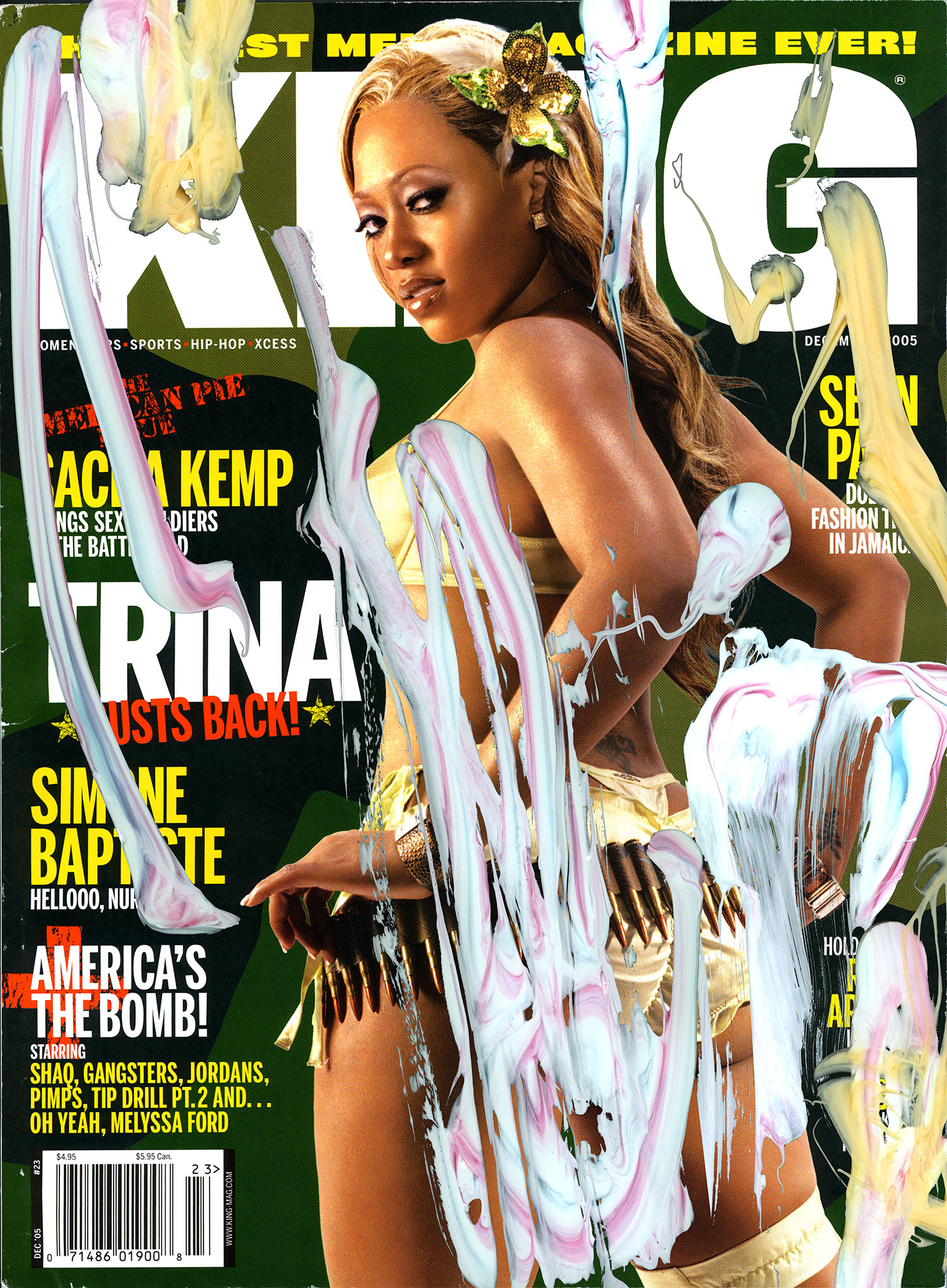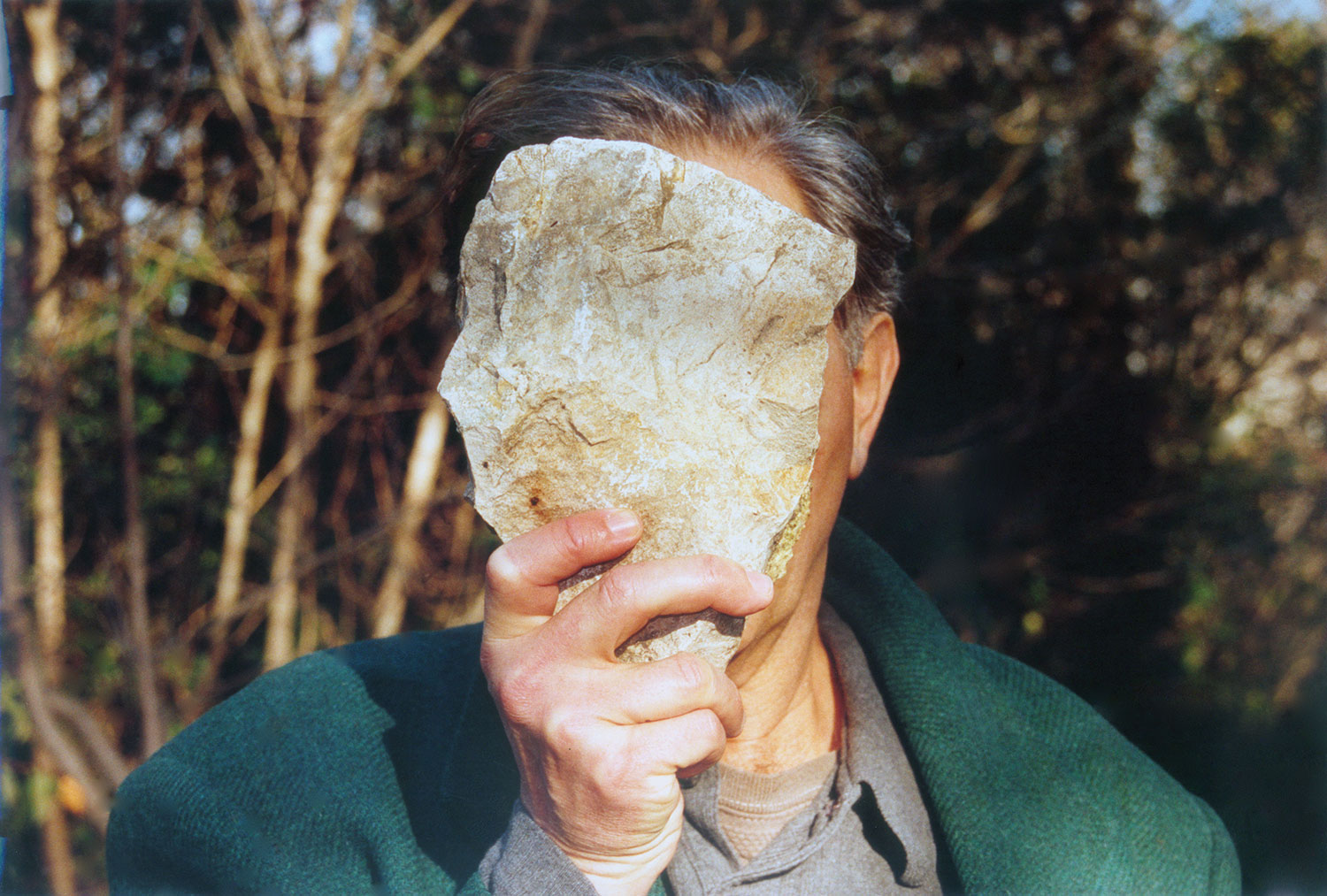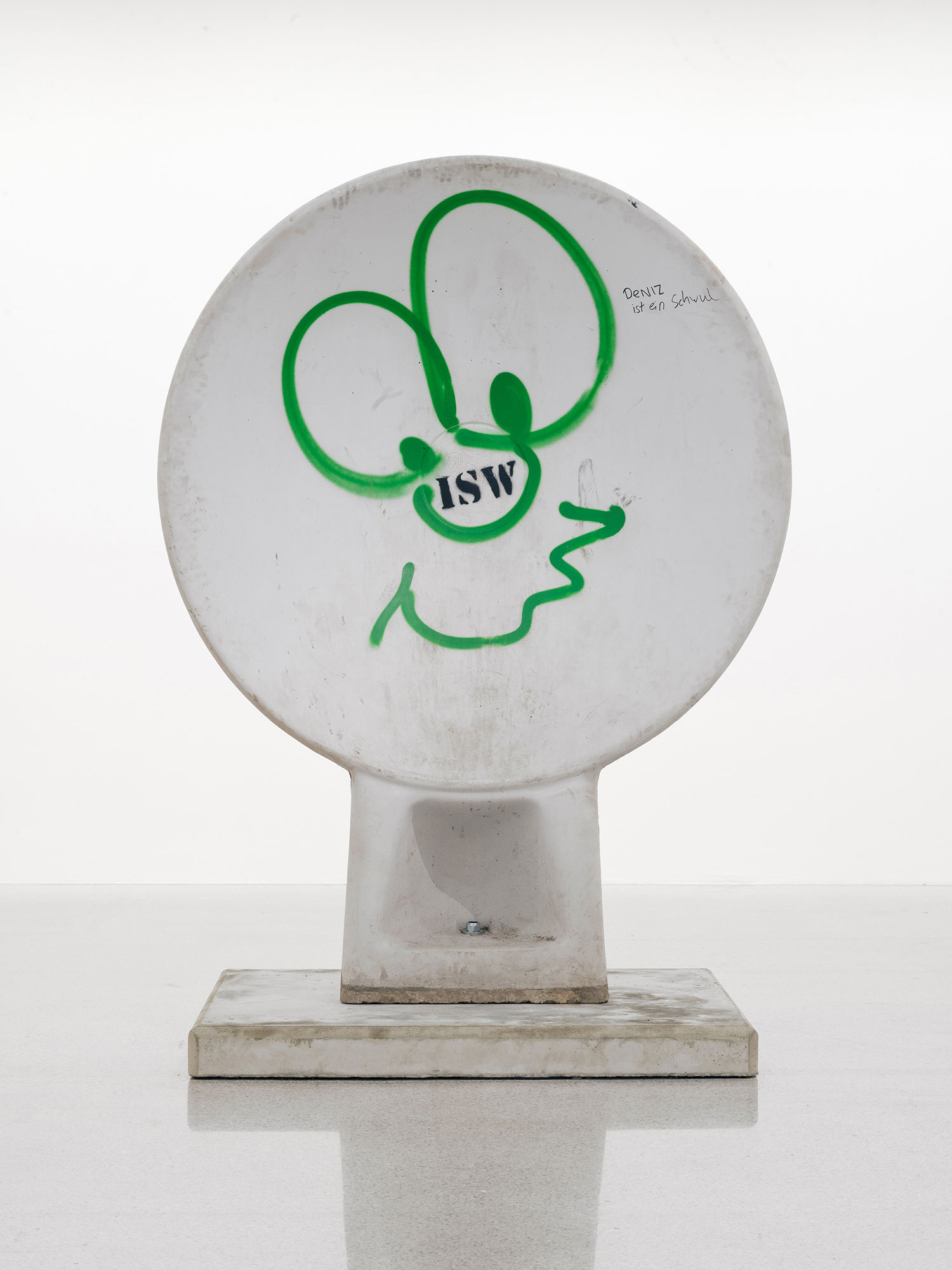
For two decades the work of Paul Pfeiffer (b. 1966, US; lives in New York) has developed in response to the changing technology of video. His recent show at Paula Cooper Gallery, New York, exemplified his absorption of different traditions of imagemaking into a large two-screen video installation whose title, Three Figures in a Room (2016), harks back to Francis Bacon. Pfeiffer’s work shows on one screen “The Fight of the Century” between Floyd Mayweather Jr. and Manny Pacquiao with the noise of the crowd removed, and on the other a film of the Foley sound artists employed to enhance the fight’s sound effects. In this interview he addresses the language we use to discuss visual production and what the age of augmented reality (AR) means for Art.
Alex Estorick: Could you discuss your working process at the moment and how it might have changed over the years?
Paul Pfeiffer: Well, for Three Figures I made a conscious effort to get deeper into film, and I basically spent more time in the editing studio than I have with previous works. I started playing with video around 1998, when video-editing software for the computer was becoming really accessible for the first time. My interest has always been the relationship of mass media images to society and consciousness. In the last few years I’ve wanted to get deeper into forms of production that require a bit more skill because I’ve really been interested in what it’s possible to do with this medium, specifically in relation to sound.
Foley was an eye opener for me — to realize that in virtually every film and television production there’s a sound production aspect that parallels the visual and which requires as much work and composition as the visual. The Foley artist is typically using a prop completely unconnected from the image to produce a sound for that image. For example, the sound of a boxing glove hitting flesh is actually made up of a piece of raw meat. So the process of sound production does not necessarily match the image it’s tied to. What the Foley artists are doing is a creative exercise of almost collage, in which the most unlikely things are used to create the illusion of reality. They’re constantly focusing on details that most people would take for granted, deconstructing and reconstructing them through a creative process that differentiates, say, a consumer from a producer. I’m interested in the possibility of creating experiences for viewers that bring them into that kind of creative process.
AE: In your smaller “Caryatid” films a figure is digitally removed. When you remove a layer like this do you feel like a painter, someone who arranges planes, or do we need a different language to discuss the kind of video manipulation that you’re working on?
PF: Generally the idea of framing this work in relation to painting for me is not wrong — it’s a matter of the construction of the image in layers, spatially more than temporally. I’ve always been interested in the interface between the video image and the viewing space of the gallery, and so sculpture is also key in that regard. For me it’s important that in Three Figures the sound switches from side to side. With Foley sound the disconnect between the production of the image and the production of the sound presents an opportunity to play with the two different sensory channels as layers that can be registered to each other or purposefully misregistered from one another. In doing so a viewer actually experiences that sync or lack of sync on a sensory level, and for me this is very exciting. I believe this produces a kind of aesthetic feedback of information delivered not on a verbal level but on a sensory level. At the moment I’m excited by horror films, by how, for instance The Exorcist caused people to get physically ill.

AE: There is a kind of uncanny bodily empathy experienced by the viewer when they see your boxers getting hit. For me the boxing ring seems to unify painting and sculpture in a way. First of all the fight takes place on a kind of plinth called a canvas, bounded by colored ropes, spotlit, with these figures spilling their guts out on the ground; it gets me thinking about color-field painting. Do you consider yourself a modernist in some sense, or does the immersive nature of your work predispose you to a more postmodern or relational way of thinking?
PF: I find it useful to consider that modernism isn’t necessarily replaced by postmodernism in a linear way, but that in 2017 these conceptual frameworks coexist and we move between them as they are useful. We’re always moving in and out of immersive situations, but I think we still have a residual attachment to the notion of discrete objects. I associate immersiveness with a consciousness of processes of mediation. The evolution for me is that we now have to think about processes of mediation as something we experience every day on every level. The choice to play with found images from professional sports is because the familiarity and ubiquity of such sports serve as a kind of cloak for many things that are going on.
AE: We’ve talked a bit about the viewer’s experience of the boxer’s pain, but it seems to me that, in our march toward augmented reality, there is also the video-game fetishization of the virtual act of inflicting pain, which is going to become more problematic. Do you feel an affinity with the language of video games or their first- and third-person viewpoints, in which one is either looking through the eyes of a character or at an avatar one is controlling?
PF: What immediately comes to mind honestly is a favorite writer, Paolo Virno, an Italian who writes about the nature of violence, who proposes that the essence of our animal nature is actually the opposite of violence; it’s actually the tendency toward empathy. On the other hand, the tendency toward violence is always connected with seeing the object of the violence in an opposite mode to empathy. It’s to cast the object of violence as something other and unhuman and therefore okay to inflict violence on, and that process only happens through language. I really like what the confusion of first and third person does in relation to reconnecting us with a sense of the uncanny. For me the reason to play with processes of mediation is to bring us back to that uncanniness, which is a state of cognitive dissonance that is natural to us as humans.

AE: It feels like Western society has reached a tipping point. Are we heading into a post-rational age or were we never especially rational in the first place?
PF: I think we are advancing toward more and more virtual forms of mediation, or immersive forms of mediation. Like everyone else I’m trying to make sense of the current conditions. There has been a return to phenomenology as a platform to expand from, and I think this comes from the importance it places on experience and the sensory and the ways we construct reality not discursively but sensorially. I think as we enter the realm of virtual reality, returning to the kind of scientific and philosophical exploration of the sensory becomes really important. Virtual reality is like a prosthetic: it’s not a physical object anymore, it’s something that works on a biological and a cognitive level.
AE: You’ve often sought to expose capitalism’s ability to manipulate through advertising. But you also concede that you’ve benefitted from the cheaper labor in the Philippines where you’ve spent much of your life. Do you have trouble reconciling these two positions?
PF: The fact is that from the mid-1990s to the present there have been more and more artists playing with labor processes that involve outsourcing various aspects of the creative process to other people, while there have been more and more video and performance artists using other people, specifically non-actors, as stand-ins for the artist’s body. The question is not whether in the Philippines I’m participating in exploitative labor dynamics; the most truthful response is I don’t see anybody who can escape them.
If you accept that everything we do is happening against the background of a kind of mediation machine, the question arises of what gestures can be effectively disruptive. I think at any given moment there are things one can do strategically that might cause a ripple, and I would say that it relates to the uncanny. For me the problem in, say, the discourse surrounding the rise of Donald Trump is the activation of a retrograde form of identity based on nationalism that aspires to a certain kind of wholeness or a simplistic kind of selfhood. My aim is to continually point to the ways that our actual experience exceeds any kind of simplistic nationalistic identity, and the mechanism for that is the uncanny.

AE: Do you feel that Three Figures creates this kind of disruption?
PF: For me the absence of the crowd is a pivotal transformation in the piece that serves to create a wedge between the sound and the image, to denaturalize that relationship, but at the same time it’s still immersive. I think it’s possible to use the technologies of immersive imagemaking to create a kind of disruption that doesn’t necessarily operate by disavowing the pleasure or seduction of the image but actually is simultaneously participating in it. I feel like the experience I’m aiming for is one in which you move in and out of the immersive image so that you experience the immersion and its deconstructed nature at the same time. For me the important thing with this work is that there’s really two films playing off each other, with the sound jumping from one side to the other such that it triggers your head to move from left to right, to focus on one screen or the other.
AE: Do you feel like you’re subliminally punching your audience?
PF: In the way that horror movies such as The Exorcist do, yes, to produce a disturbance. To me that’s a fascinating movie because it thematizes, through a kind of religious language of demonic possession, something really profound about technology. What’s happening to the possessed girl is that her body is being invaded, and that invasion is causing, for one thing, a total identity crisis. On some deep level this has to do with a re-exploration of the mind-body split. Bacon reminds us that at a certain point the human body becomes like meat, which is uncanny and disrupts a lot of our assumptions about the political discourse we’ve inherited, which is now failing to help us understand the situation we’re living in.
I’m trying to find a form that includes a jump from one dimension of reality to another, because in a way that’s the aesthetic experience essential to our consciousness now. I think we do it all the time unconsciously and we naturalize it, and I feel like there’s a potential to create sculptures and videos that maybe focus our attention on that process of jumping dimensions.
AE: That relay between immersion and disruption seems to come across in your work, but you also talk about Paolo Virno, someone who’s seeking actively to remove binaries.
PF: Well, I am proposing a binary, but maybe this is where I hit my own limit as far as what can be stated linguistically. I do think with regard to the uncanny that it’s more effective sometimes to have that conversation with images and sounds rather than with words.





